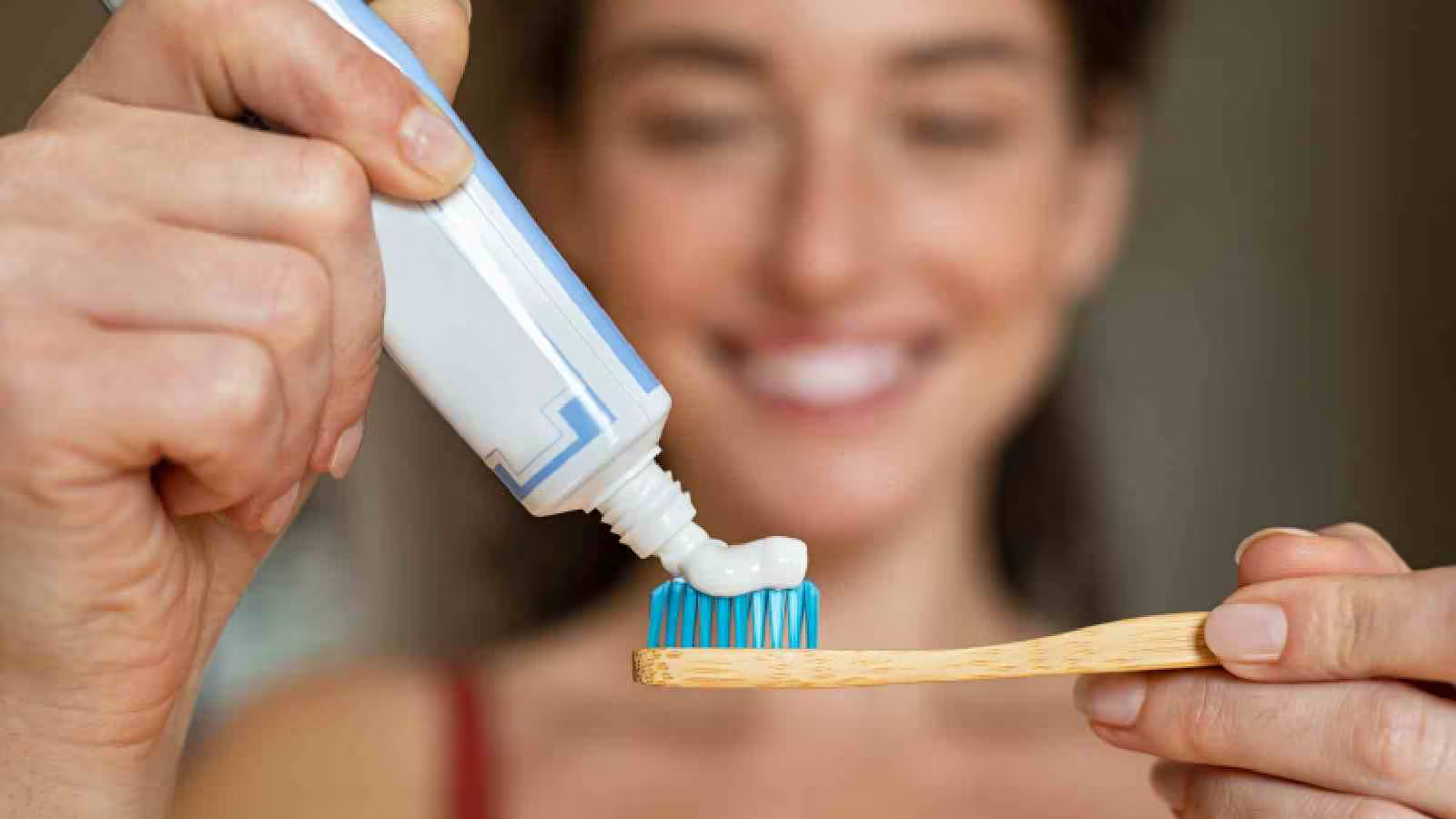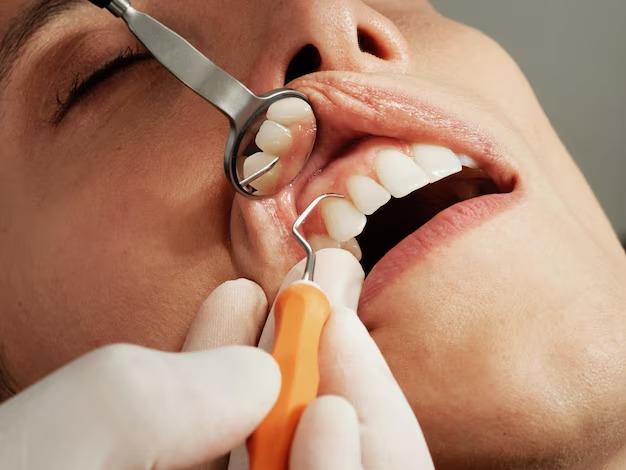
How to Choose Your Toothpaste
Brushing twice a day keeps your smile bright, but the paste on your brush matters just as much as the brush itself, especially once you realize the supermarket shelf holds 100-plus tubes all promising to be “the best.” This friendly, no-jargon guide breaks down what those labels mean so you can pick the right paste with total confidence.
At a Glance
Cavities, sensitivity, stains, fresh breath – every toothpaste tackles these in slightly different ways. By the end of this read you will know exactly which ingredients to look for, which seals to trust, and what are just marketing jargons.
Toothpaste 101: Why the Stuff in the Tube Matters
Even a dry toothbrush can scrub plaque but adding the right paste supplies minerals that rebuild enamel, dampens the mouth acids that start cavities, and smooths stains so they do not stick as easily. In short, toothpaste turns your brush into a mini-laboratory every morning and night – and labs need good formulas.
The Big Goals of Any Toothpaste
| Goal | Everyday Benefit |
|---|---|
| Strengthen enamel | Harder tooth surface resists acid attacks and daily wear |
| Fight germs | Fewer cavity-causing bacteria and less gum irritation |
| Control sensitivity | Less “zing” when ice cream, coffee, or cold air hit the teeth |
| Lift or prevent stains | Smile stays whiter without harsh dental bleaching |
| Keep tartar off | Less calculus means cleaner check-ups and fresher breath |
Shortcut #1: Look for the IDA/ADA Seal
The quickest way to avoid marketing gimmicks is to turn the box and hunt for the Indian Dental Association (IDA) or American Dental Association (ADA) Seal of Acceptance. This tiny logo guarantees the product was tested for safety, cavity prevention, and accuracy of every claim on the tube. If you see the seal, you can relax: the fundamentals are covered.
Ingredient Decoder: What Those Fancy Words Really Do
| Ingredient | Meaning | Best For | Watch-Out Notes |
|---|---|---|---|
| Sodium fluoride (1,000–1,500 ppm) | Adds fluoride ions that rebuild weak enamel and stop early cavities | Almost everyone, especially cavity-prone eaters of sugar or acidic drinks | Too much swallowed by toddlers can cause faint white spots on forming adult teeth |
| Stannous fluoride | Fluoride plus tin ions: fights cavities, calms sensitivity, and reduces plaque/gingivitis in as little as 2 weeks | Adults who want multi-tasking protection | Old formulas tasted metallic and could stain; modern versions fixed both |
| Potassium nitrate (5%) | Desensitizes nerves so cold and heat hurt less | Anyone with “zingy” teeth or post-whitening soreness | Needs 2–4 weeks of daily use for full effect |
| Hydrogen peroxide (1–5%) | Gently bleaches inside enamel to lift deeper stains | Coffee, tea, or wine lovers seeking at-home whitening | High concentrations or overuse boost sensitivity and can roughen enamel |
| Pyrophosphates | Bind calcium so tartar crystals cannot harden | People who build calculus fast between cleanings | Can irritate soft tissues or taste bitter; kids under 12 should skip pyrophosphate pastes |
| Abrasives (hydrated silica, calcium carbonate) | Physically scrub away plaque and surface stains | Daily cleaning | Check the RDA rating: under 70 is gentle, 70-100 is medium, over 100 starts to scratch enamel if brushed too hard |
| Sodium lauryl sulfate (SLS) | Foams to spread paste | Foam lovers | Can trigger recurrent canker sores in sensitive mouths; SLS-free pastes cut ulcers by 30-40% |
| Hydroxyapatite | Natural calcium-phosphate crystals that re-coat enamel without fluoride | Those wanting fluoride-free remineralization | Needs strict, regular use; evidence is promising but newer than fluoride |
Picking a Paste by Personal Need
If Cavities Are Your Main Worry:
1. Choose any fluoride paste with 1,000–1,500 ppm fluoride (check the side panel).
2. Verify an ADA Seal to confirm the fluoride level is accurate.
3. Brush twice daily for 2 minutes and spit; no rinsing means fluoride stays on enamel longer.
If Cold, Hot, or Sweet Foods Sting:
1. Grab “sensitive” or “potassium nitrate 5%” on the box; relief starts within 2 weeks.
2. Keep brushing with it even after pain fades or sensitivity often returns.
If You Want Whiter Teeth:
1. Low-dose peroxide pastes (1–3%) brighten gradually with lower sensitivity risk.
2. Pair with a soft brush and gentle pressure: whitening formulas often have higher RDA abrasives that can roughen surfaces over prolonged use.
If Tartar (Calculus) Builds Up Quickly:
1. Look for “tartar control” or pyrophosphate ingredients; they slow crystal formation by binding calcium.
2. If gums feel irritated, switch to a standard fluoride paste and ask your hygienist about professional tartar reduction.
If Your Gums Bleed Easily:
1. Seek stannous fluoride on the label; studies show it lowers bleeding points within 2 weeks.
2. Floss – no paste replaces mechanical plaque removal.
If You Prefer “Natural” or Fluoride-Free:
1. Understand fluoride-free pastes freshen breath but do not prevent decay as effectively.
2. Choose a formula with hydroxyapatite or xylitol for some enamel benefit.
3. Maintain impeccable brushing technique and limit sugary snacks to compensate.
If Mouth Ulcers Drive You Nuts:
1. Switch to an SLS-free formula; many patients see fewer canker sores within a month.
Special Populations
Children
| Age | Amount of Paste | Fluoride Level | Why It Matters |
|---|---|---|---|
| First tooth to 2 years | Grain-of-rice smear | 1,000 ppm | Babies swallow most paste; tiny amounts cut fluorosis risk while still protecting new enamel |
| 2–6 years | Pea-sized dot | 1,000 ppm | Kids spit better but still swallow some; supervised brushing is key |
| > 6 years | Full brush length | 1,450 ppm | Adult brushing habits and stronger enamel benefit from higher fluoride |
Pregnant Women:
1. Hormonal changes raise gum-bleeding risk, so choose stannous fluoride or gentle anti-gingivitis formulas.
2. Morning sickness? Rinse with plain water after vomiting, wait 30 minutes, then brush with low-abrasive paste (RDA < 70) to avoid scrubbing softened enamel.
Braces, Crowns, or Implants:
1. Orthodontic appliances trap plaque; a fluoride paste with added stannous fluoride offers antimicrobial action around brackets.
2. Avoid high-grit whitening pastes that can scratch resin or ceramic brackets (check RDA).
How to Read a Toothpaste Label in 30 Seconds
1. Active Ingredient Line (usually near the top): Fluoride name and concentration – cornerstone for cavities.
2. Claims Section: “Anticavity,” “anti-sensitivity,” “whitening,” or “tartar control” tells you the product’s main add-on benefit.
3. IDA/ADA Seal: Tiny logo proves claims meet independent tests; skip products without it unless you have a specific reason.
4. Inactive Ingredients: Spot foaming agents (SLS), flavor oils (peppermint), sweeteners (xylitol), and abrasives (hydrated silica).
5. RDA Rating: Few boxes print it; visit the brand’s website or customer service. Aim for under 100 unless you need aggressive stain removal.
Abrasiveness Made Simple
| RDA Range | Abrasive Class | Everyday Meaning |
|---|---|---|
| 0–70 | Low | Safe for long-term use, ideal for sensitivity or after whitening |
| 70–100 | Medium | Balanced cleaning; most “regular” pastes live here |
| 100–150 | High | Powerful stain removal; limit to a few weeks or alternate with low-abrasive paste |
| 150–250 | Very high | Not for daily use; could damage enamel and exposed roots |
Myth Busting Corner
• “Natural equals safer.” Many herbal pastes skip fluoride, leaving enamel unprotected. The RDA index is often higher, leading to gradual enamel loss over time.
• “More paste cleans better.” A pea-sized blob covers every surface; extra foam ends up down the drain and wastes money.
• “Whitening toothpastes bleach teeth like dental lasers.” Most lighten only surface stains; deep intrinsic color needs professional bleaching. Prolonged use can increase sensitivity.
• “My mouth feels minty, so it’s clean.” Mint oils can mask lingering plaque; flavor is not an indicator of hygiene.
Step-by-Step: Finding Your Perfect Tube
1. Define Your Top Concern: Cavity control, sensitivity, stains, tartar, or gingivitis?
2. Scan for IDA/ADA Seal to ensure basic safety and effectiveness.
3. Match Ingredient to Concern using the quick table above.
4. Check RDA if You Have Sensitivity; choose low-abrasive.
5. Switch Slowly: Keep using the new paste for at least 4 weeks before judging results.
6. Re-Assess during your next dental visit; bring the tube to your hygienist for personalized feedback.
Quick-Compare Cheat Sheet
| Concern | Best Ingredient(s) | Ideal Extras | Avoid |
|---|---|---|---|
| Cavities | Sodium/stannous fluoride | ADA Seal | Fluoride-free if high decay risk |
| Sensitivity | Potassium nitrate or stannous fluoride | Low RDA < 70 | High-grit whitening pastes |
| Stains | 1–5% hydrogen peroxide | Silica abrasives, gentle | Over-120 RDA, daily charcoal powders |
| Tartar | Pyrophosphates | Fluoride backup | If gums tingle, rotate every other tube |
| Bleeding gums | Stannous fluoride | Soft-bristle brush | Alcohol-heavy rinses that dry tissue |
| Canker sores | SLS-free | Fluoride or hydroxyapatite | Mint oils if they irritate you |
| Fluoride intolerance/lifestyle | Hydroxyapatite + xylitol | Soft brush, perfect technique | Sugary snacks between meals |
Recap & Takeaways
The best toothpaste is the one you enjoy using twice a day and that meets your mouth’s unique needs.
For most adults that means a fluoride-based paste, an IDA/ADA Seal, and a flavor you like.
Add potassium nitrate if your teeth twinge, stannous fluoride if gums bleed, gentle peroxide if coffee stains linger, and skip SLS if ulcers annoy you.
Children need tiny, supervised amounts of fluoride paste; older teens can share the family tube. Check RDA values when sensitivity or enamel wear are concerns.
Spend 30 seconds reading the label, lean on scientifically backed seals, and remind yourself that the fanciest tube cannot replace brushing technique, flossing, and regular professional cleanings.
Happy brushing – your smile will thank you every single day.












